Advertisement
Workflows are the backbone of productivity, yet many professionals continue to rely on outdated, inefficient systems that cost them time and energy. From repeated admin work to inconsistent project planning, unstructured workflows lead to burnout and slow progress. But now, artificial intelligence is helping reshape how people plan, prioritize, and perform their work.
ChatGPT, a conversational AI developed by OpenAI, is emerging as a powerful tool for workflow optimization. Its role isn’t limited to writing assistance—it can analyze bottlenecks, suggest improvements, automate repetitive tasks, and help develop streamlined processes across teams or individual routines.
This post explores how ChatGPT can be used to strategize more productive workflows, transforming the way work is organized and executed—whether in a solo setting or a collaborative environment.
One of the biggest challenges in building an effective workflow is knowing how to divide larger goals into clear, actionable steps. Many projects stall simply because the next action is unclear. ChatGPT helps resolve this by guiding users through logical task breakdowns.
When provided with a goal or project overview, ChatGPT can generate step-by-step sequences that are realistic and time-conscious. It identifies dependencies, suggests an order of execution, and even recommends timelines when asked.
By helping professionals structure their days around clearly defined tasks, ChatGPT eliminates decision fatigue and helps keep progress measurable. With each objective mapped out, it becomes easier to focus energy where it matters most.
Daily routines often involve repetitive tasks—emails, follow-ups, report writing, and scheduling—that eat into productive time. Automating these or improving their efficiency is a key part of workflow optimization.
ChatGPT can be used to identify what can be templated, automated, or delegated. It assists in generating email templates, drafting regular reports, creating outlines, and scripting internal communications. These small interventions reduce time spent on low-impact activities.
Over time, incorporating ChatGPT into daily operations enables a leaner, faster workflow where routine tasks are either automated or simplified, freeing up space for strategic and creative work.

In team environments, unproductive workflows often stem from communication delays, unclear roles, or duplicated efforts. ChatGPT helps reduce these friction points by supporting documentation, summarizing meeting notes, drafting project briefs, and generating content for shared platforms.
By ensuring that everyone is aligned through consistent language and clearly outlined steps, the AI helps eliminate ambiguity. It can also assist team leads in developing onboarding guides, team updates, and workflow documentation—resources that often go neglected but are essential for operational clarity.
No two professionals or teams work the same way. ChatGPT allows users to design workflows that reflect their strengths, tools, and routines. For example, it can recommend how to structure a weekly planning session, suggest time-blocking formats, or draft templates for recurring tasks.
These custom systems are especially useful for freelancers, entrepreneurs, or remote teams that need flexibility. ChatGPT’s ability to adapt suggestions to context helps create workflows that are not only productive but sustainable.
Users can experiment with methods like priority ranking, Eisenhower matrices, or deep work scheduling—with the AI helping outline each approach in a way that fits their workload.
Cognitive load is a major barrier to productivity. Keeping track of tasks, remembering deadlines, and switching between roles drains mental energy. ChatGPT helps reduce this by becoming a “thinking partner” that holds space for planning and ideation.
Instead of juggling everything mentally, users can type out their challenges, workloads, or project concerns and receive clear, structured responses. Whether they’re planning a launch or organizing a quarterly goal, ChatGPT takes scattered thoughts and turns them into logical, actionable formats.
This delegation of early-stage thinking makes it easier to focus on high-value tasks without feeling overwhelmed by the planning process itself.
Effective workflows include regular feedback loops. Reviewing progress, identifying blockers, and refining processes are key to continuous improvement. ChatGPT contributes here by helping users draft performance summaries, client updates, or internal reports.
It can rephrase feedback to sound constructive, outline KPIs for tracking, or generate summaries from progress logs. It makes retrospective reviews quicker and more insightful. For managers or project owners, this ability streamlines reporting and keeps teams aligned on goals, challenges, and next steps—all with a tone and clarity that encourages action.
Time management is a vital pillar of workflow productivity. With ChatGPT, users can create realistic daily schedules, identify time sinks, and build routines that support deep focus.
For instance, the AI can help design work blocks with buffer periods, plan breaks strategically, or create templates for recurring planning sessions. By prompting users to prioritize based on energy levels, importance, or deadlines, ChatGPT reinforces healthy time-use habits.
These practices reduce the tendency to multitask or fall into reactive work, both of which hurt long-term output. With a structured schedule backed by AI assistance, focus improves, and burnout risks decrease.
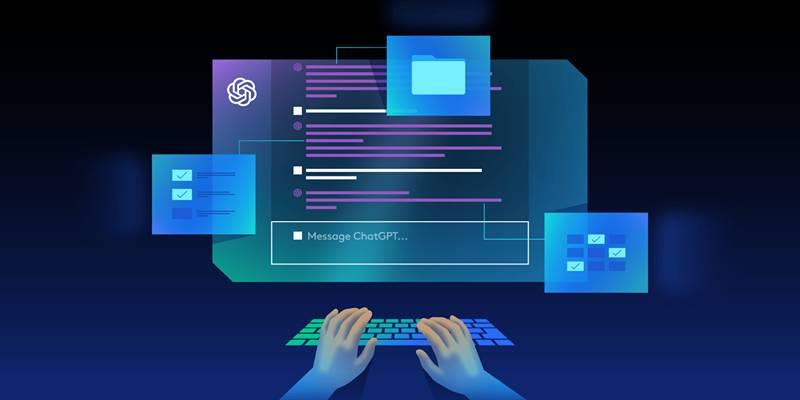
Workflows need to be flexible. As priorities shift or new information emerges, having an adaptive system matters. ChatGPT can help revise workflows in real time based on updated conditions.
It allows professionals to revisit goals, adjust sequences, and reprioritize without losing momentum. The AI can suggest how to reorganize a project calendar, redistribute tasks, or redefine goals as needed.
It makes ChatGPT an ongoing partner in productivity—one that evolves alongside the user and responds quickly to change, unlike rigid systems that collapse under new demands.
Optimizing workflows isn’t about adding more tools or packing more into the day. It’s about creating systems that support focus, reduce waste, and empower high-impact work. ChatGPT serves as a valuable assistant in this process, helping users break down complexity, automate repetitive tasks, structure their schedules, and adapt their strategies as needed.
Whether working solo or in a team, professionals who integrate ChatGPT into their workflow strategy find themselves better organized, less overwhelmed, and more consistent in execution.
Advertisement

The industrial robotics market is projected to reach $291 billion by 2035, driven by advances in technology, factory automation, and rising global demand for smarter production systems

Google Veo 2 review highlights its advanced video generation tool capabilities while raising serious AI video model concerns
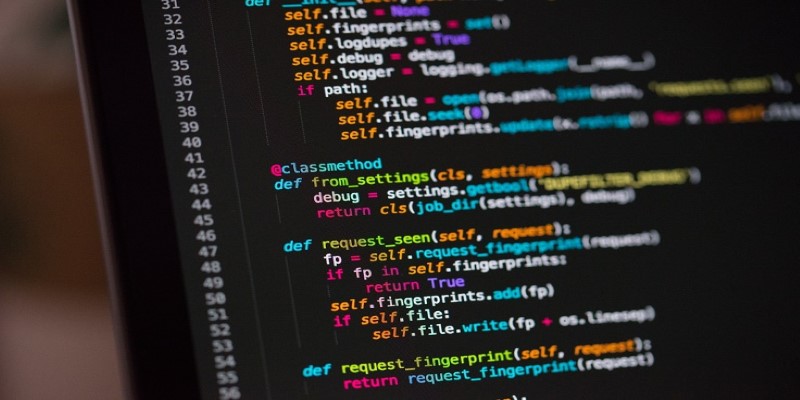
Ready to dive into Python? This guide covers the core concepts you need to understand, helpful resources, and project ideas to start using Python effectively. Perfect for both beginners and those brushing up

Compare Claude and ChatGPT on task handling, speed, features, and integration to find the best AI for daily use.

Learn why FraudGPT is a growing cyber threat and follow 10 essential steps to protect your personal and business data.

Explore how HIX AI and GPT-4 work together to automate writing tasks, boost content quality, and save valuable time.
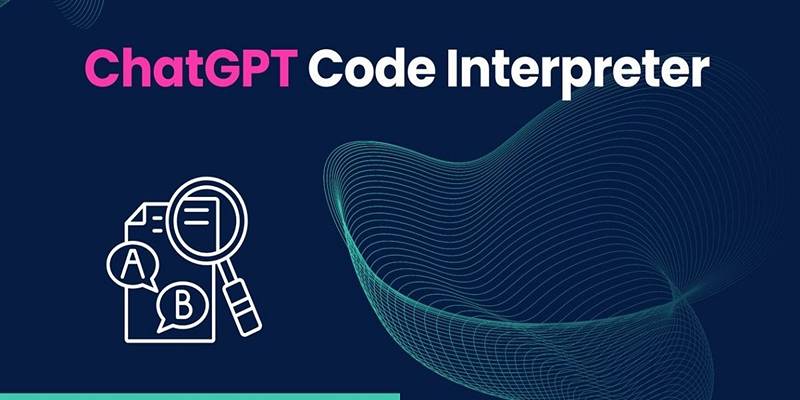
Explore how ChatGPT’s Code Interpreter executes real-time tasks, improves productivity, and redefines what AI can actually do.
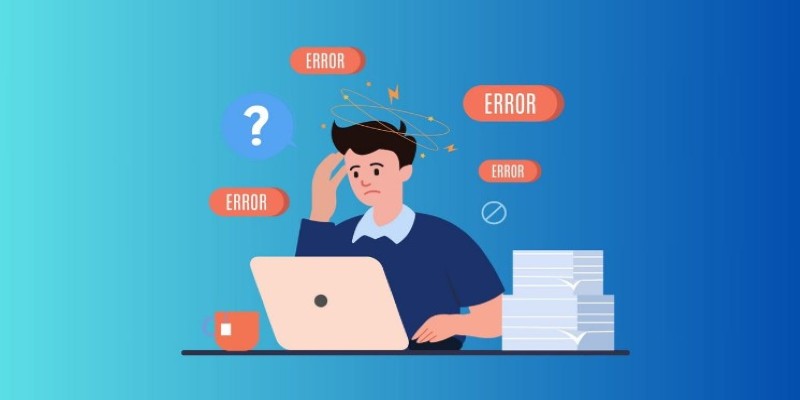
Snowflake’s text embedding models are revolutionizing data management by making machine learning accessible within SQL environments. Learn how these models are reshaping business operations
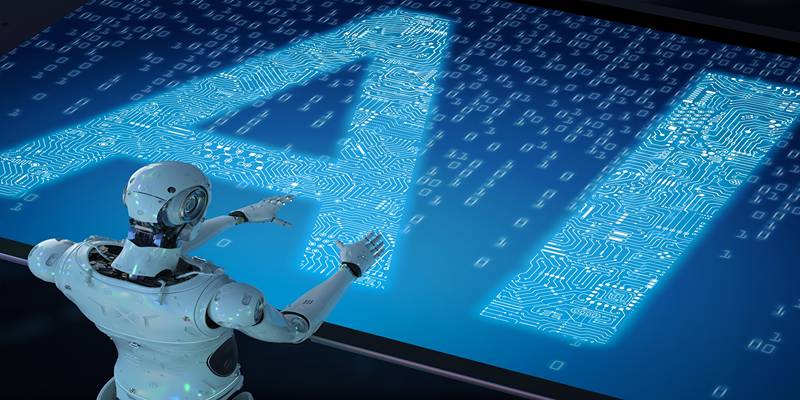
Learn how developers feel about AI’s growing role in software workflows and what changes they expect in daily coding.
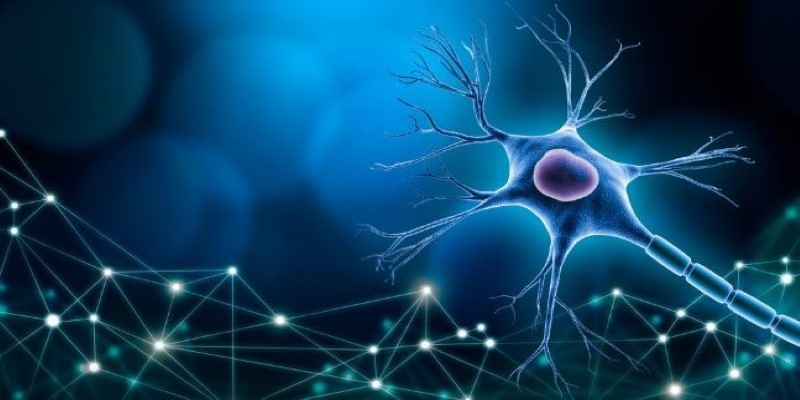
How nature-inspired optimization algorithms solve complex problems by mimicking natural processes. Discover the principles, applications, and strengths of these adaptive techniques
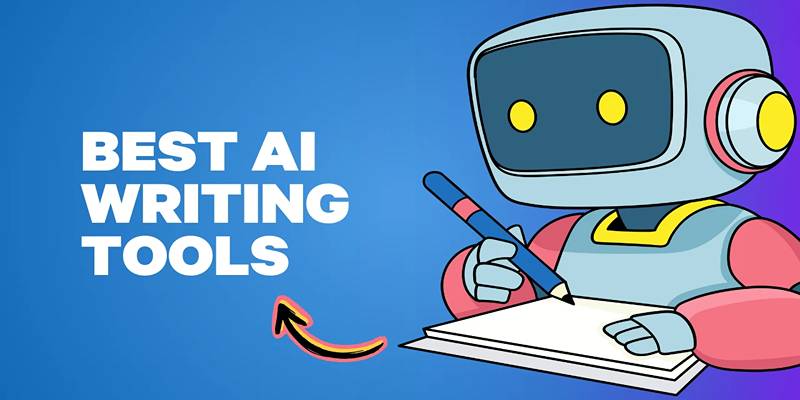
Discover 8 AI tools every content writer should use to save time, improve quality, and streamline content creation tasks.

Discover how ChatGPT helps build efficient workflows by improving focus, automating tasks, and enhancing clarity.